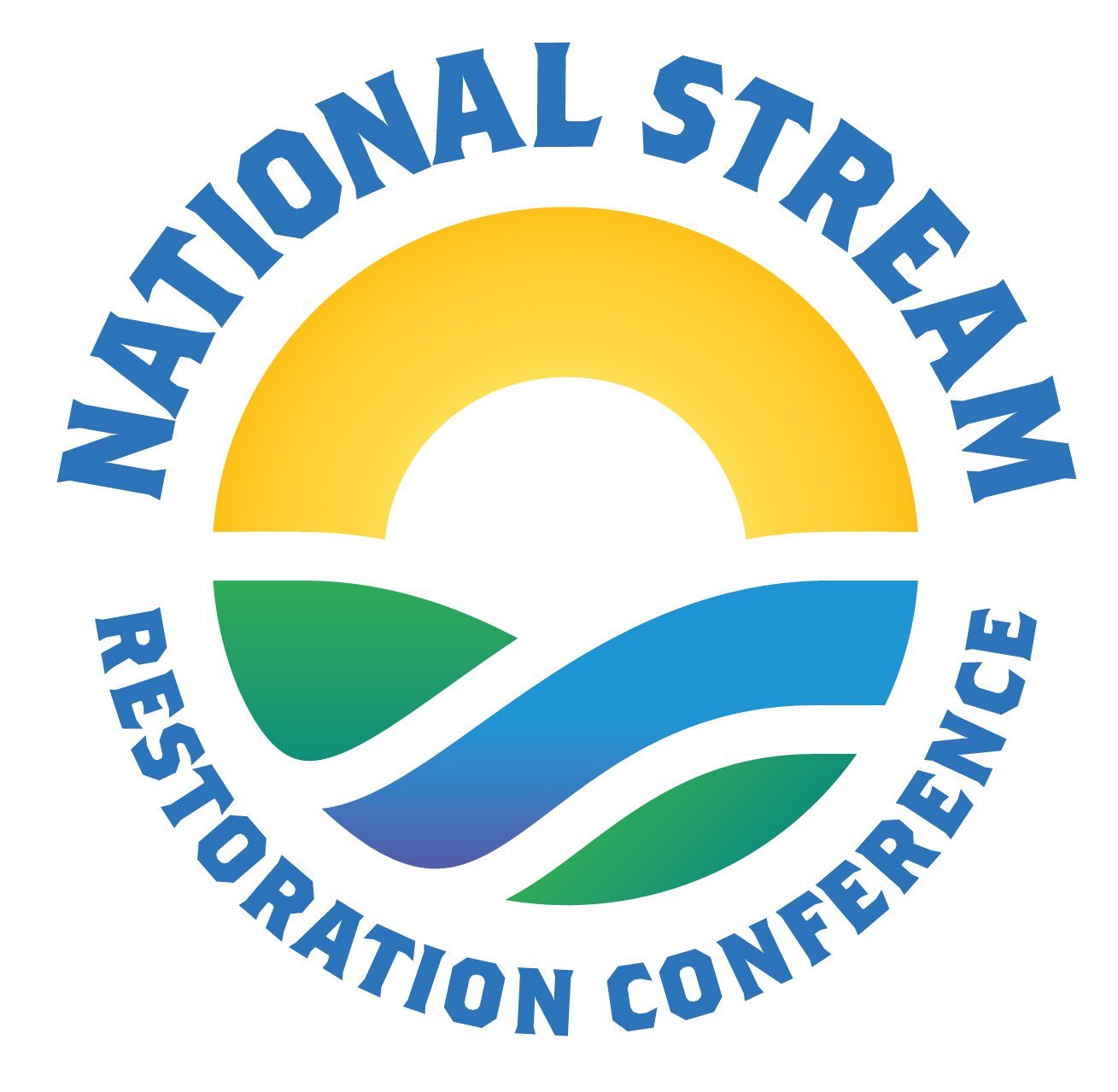Why is Modeling Small Streams in HEC-RAS so Challenging?
Tori Nelson, PE, CFM
Emily Burgess
AECOM
Germantown, MD
Authors: Tori Nelson, PE, CFM and Emily Burgess, PE
The U.S Army Corps of Engineers (USACE) Hydrologic Engineering Center – River Analysis System (HEC-RAS) model is a valuable tool for stream restoration design projects, providing insight into stream characteristics and behaviors. The model can help guide designers by identifying existing areas of high velocity and shear stress, evaluating the hydraulic impact of the proposed design, and predicting changes in the water surface elevation of various design storms. The results from these models can impact a project’s permitting requirements and timeline, and therefore it is important to have a defensible model.
It is important that stream restoration practitioners understand that models are not a perfect representation of reality. Professional judgment must also be applied when manipulating the models to best represent conditions observed in the field. Smaller streams with low flows and hydraulically steep systems can be especially difficult to model because they are more sensitive to small parameter changes like Manning’s roughness coefficient values, channel depths, and channel bank placement, and designating these features based on design conditions does not always produce the expected results from the HEC-RAS model output. Furthermore, the choice of whether to create a one-dimensional or two-dimensional model depends on the purpose of the model, quality of the source data, and expected level of result accuracy.
This presentation will explore different modeling approaches and challenges when using HEC-RAS to help guide stream restoration design. We will also discuss how developing a one-dimensional versus two-dimensional model and parameter inputs can ultimately impact a project budget and schedule.
About Tori Nelson
Tori is a P.E. in Virginia who has 10 years of experience and specializes in hydrologic and hydraulic analysis. She holds a bachelor's degree in Biological Systems Engineering from Virginia Tech and is a Certified Floodplain Manager. She has experience in consulting, working on Federal, State and Municipal projects in HnH analysis, stormwater management, stream restoration and MS4 compliance.
About Emily Burgess
Emily Burgess is a Water Resources Engineer with 7 years of experience in engineering consulting. She has worked on designs in stream restoration, stormwater management, and green infrastructure and has a long list of outdoor hobbies, including birding, mountain biking, and backpacking!


